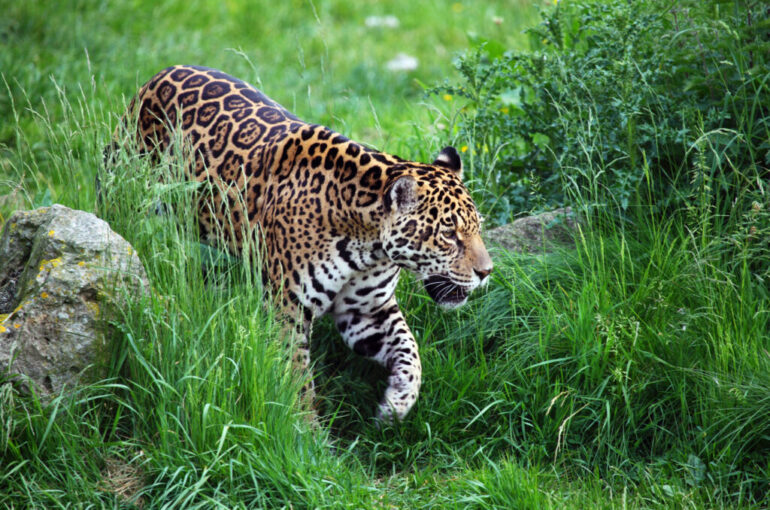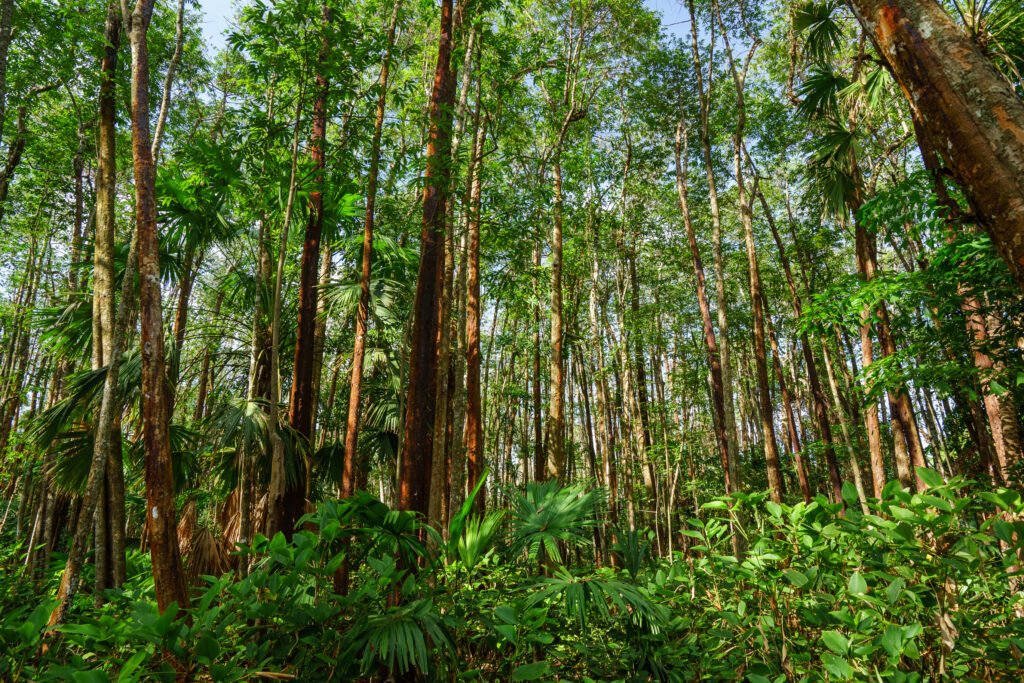Discovering Atlantic Forest: Brazilian Biodiversity Gem
Discovering Atlantic Forest: Brazilian Biodiversity Gem

The Atlantic Forest is one of Brazil’s richest and most diverse biomes, stretching along the eastern coast of the country, covering an area of approximately 1.3 million square kilometers. With its unique biodiversity and profound cultural significance, this biome is, however, one of the most threatened on the planet. In this article, we will explore the wealth of the Atlantic Forest, highlighting its facts, curiosities, threats, and conservation efforts. Enjoy the read!

A Biodiversity Hotspot
The Atlantic Forest is a true sanctuary of nature. It harbors an impressive variety of species, including mammals, birds, reptiles, amphibians, and a profusion of plants. It is believed to host around 20,000 plant species in the Atlantic Forest alone, making it one of the most biologically diverse areas in the world. Among the animals, you can find everything from anteaters to numerous exotic birds.
The Atlantic Forest is especially notable for its high proportion of endemic species, meaning that they are found exclusively in this biome. About 70% of the Atlantic Forest’s species are unique to this environment, making it a true “biodiversity hotspot.” This is of utmost importance as the preservation of the Atlantic Forest is crucial for the global conservation of biological diversity.

Climate and Water Resources Regulation
In addition to its biodiversity, the Atlantic Forest plays a crucial role in climate regulation and the maintenance of water resources. Its forests help ensure the availability of clean water for major Brazilian cities, making it essential for ecosystem stability and flood and drought control.
Iconic Species of the Atlantic Forest
In the Atlantic Forest, you’ll encounter some iconic species, such as the golden lion tamarin, one of the biome’s most iconic species. Additionally, the black-beaked toucan and giant bromeliad are symbols of the region. These species play fundamental roles in the ecosystem and are essential for the richness of the Atlantic Forest. Lastly, we can mention the jaguar, whose species, habits, distribution, behavior, and curiosities you can explore below.
The Jaguar in the Atlantic Forest
In the Atlantic Forest, the jaguar, with its majestic golden coat speckled with dark spots, stands out as one of the symbols of the wild. This solitary predator is a key piece of the puzzle in this ecosystem.

Physical Characteristics
- Size: Jaguars typically reach a length of about 3.6 to 4.0 feet and can weigh approximately 124 to 211 pounds, making them the third-largest feline in the world.
- Coat: Their golden coat with black spots makes them unmistakable and perfectly camouflaged in the forest.
Habits and Curiosities
- Skillful Swimmer: Jaguars are excellent swimmers, which is especially useful in the water-rich environment of the Atlantic Forest.
- Nocturnal Hunter: They have nocturnal habits, hunting a variety of prey in the darkness of the Atlantic Forest.
- Top Predator: Jaguars are the top predators in the Atlantic Forest, playing a crucial role in regulating the populations of their prey.
- Solitary Species: They are solitary and territorial animals, marking their domain with urine and scratches on trees.
More than just a beautiful feline, the jaguar is a silent guardian of the Atlantic Forest, playing a crucial role in maintaining the biodiversity and ecological balance of this biome.
Threats to the Atlantic Forest: Deforestation and Fragmentation
Unfortunately, the Atlantic Forest faces significant challenges. Urban expansion, agriculture, mining, and deforestation have drastically reduced its territory. Deforestation leads to habitat fragmentation, which is detrimental to the survival of many species. The Atlantic Forest originally extended over a much larger area, but now, much of it consists of small forest fragments. This makes wildlife migration, foraging, and genetic diversity more challenging.
Fortunately, there are significant efforts to restore degraded areas of the Atlantic Forest. Reforestation and conservation projects aim to recover part of what has been lost and protect what remains of this valuable biome. Reforestation is an essential part of the conservation strategy, aiming to reconnect fragments and expand protected areas.

Human Connection with the Atlantic Forest
The Atlantic Forest is not only a biodiversity treasure but also holds profound cultural significance. It has been inhabited by traditional communities, such as the Tupi-Guarani indigenous people, who possess deep knowledge of the forest. Their culture is intricately connected to the Atlantic Forest, emphasizing the unique bond between humans and nature.
Therefore, we must consider the Atlantic Forest as much more than a forest: it is a paradise, an ecological sanctuary, and, above all, a Brazilian natural heritage that can and should be respected and conserved for the maintenance of global ecological balance!



